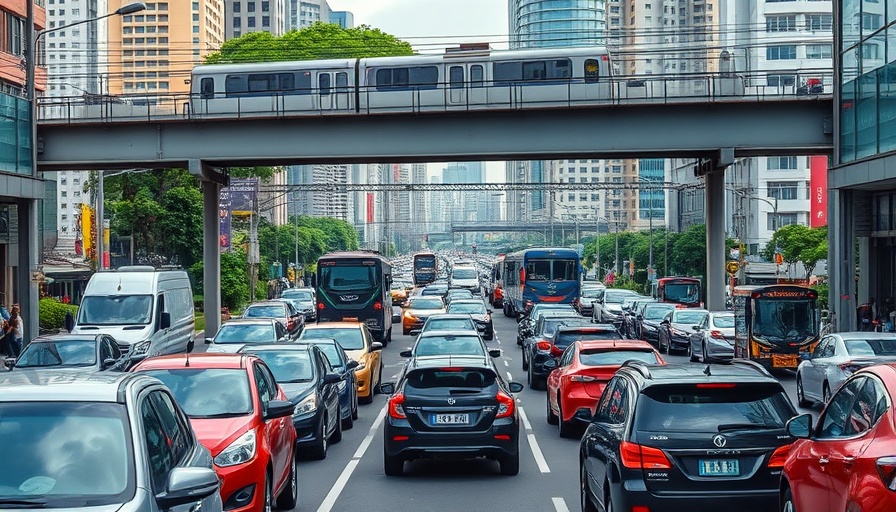
Bangkok's Green Spaces: A Growing Concern
Bangkok, the bustling capital of Thailand, is making headlines with its ambitious tree-planting initiatives aimed at improving urban biodiversity, mitigating pollution, and bolstering climate resilience. However, recent findings reveal a troubling trend: despite these well-intentioned efforts, the city is experiencing a significant loss of green cover.
A study utilizing satellite imagery and field surveys has highlighted a startling 10.5% drop in tree cover across Bangkok from 2018 to 2022, with urban woodland areas facing declines of over 20%. According to Phakhawat Thaweepworadej, a biodiversity researcher from Mahidol University, this rapid rate of loss poses a severe threat to both biodiversity and the ecosystem services that trees provide. Notably, the significant reduction in larger tree clusters—known for supporting a diverse range of species—is particularly alarming under the current climate crisis.
The Impacts of Urban Heat and Pollution
As Bangkok grapples with climate change, the importance of its green spaces cannot be overstated. Trees play a crucial role in mitigating urban heat island effects, filtering air pollutants, and enhancing rainwater absorption to reduce flooding risks. According to the World Health Organization's guidelines, Bangkok's green space per resident ratio is inadequately low compared to the recommended 9 square meters. This inadequate ratio contributes to excessive heat and air quality issues prevalent in the city's urban areas.
The Role of Policy in Urban Tree Loss
The loss of greenery in Bangkok has a direct link to legislative changes, particularly amendments to Thailand's Forest Act enacted in 2019. Previously aimed at protecting countless tree species from harvest on private land, these laws were adjusted to allow landowners to clear and sell trees, leading to increased deforestation. Vudipong Davivongs, an associate professor at Kasetsart University, argues that the focus should shift to incentivizing tree preservation instead of facilitating their removal. Trees are integral not just for their environmental benefits but as essential parts of the city's coping mechanism against climate change.
Building a Green Future: Solutions and Strategies
To combat the continuous urban green loss, a multi-faceted approach combining the preservation of existing trees and strategic planting is necessary. This strategy is supported by global best practices, including investment in urban parks and green roofs as recognized by the World Bank in its 2024 guidelines for enhancing climate resilience. Transitioning to a greener city involves not only governmental action but also engaging community action through educational programs promoting biodiversity and sustainable development. Anyone can contribute by advocating for green policies and getting involved in local environmental initiatives, such as community gardening or tree-planting events.
Reimagining Urban Spaces for Future Generations
As Bangkok races to address its urban greening challenges, it is crucial for citizens and policymakers alike to stay informed about the environmental implications of their choices. Implementing sustainable practices will not just benefit the planet but will also enhance the quality of life for future generations. Whether it's through supporting local eco-friendly businesses or simply reducing one’s carbon footprint, every small step contributes to a larger movement for a sustainable future.
Bangkok's tree cover decline serves as a warning signal, reminding us of the vital role green spaces play in urban environments—an issue that resonates beyond Thailand, touching cities worldwide grappling with similar challenges. Now is the time for Bangkok to take decisive action and prioritize the preservation of its urban forests for the wellbeing of its residents and the environment.
 Add Row
Add Row  Add
Add 



Write A Comment